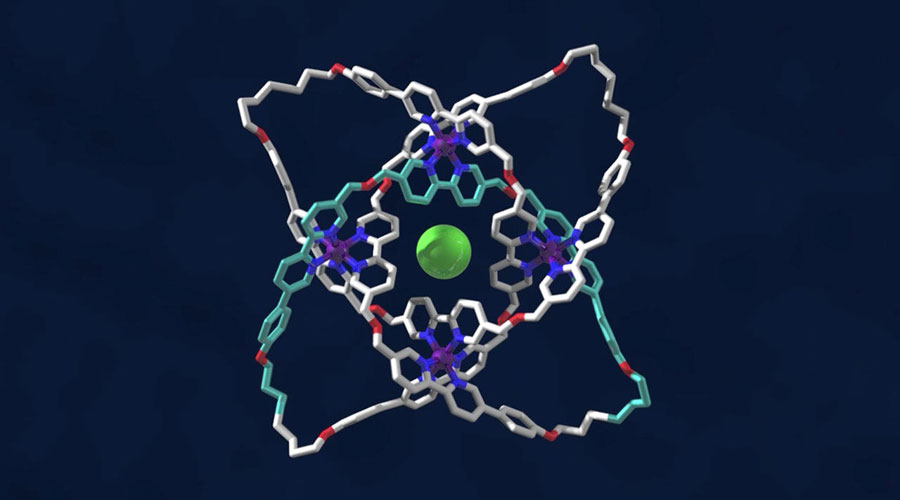Nanoscale discovery could lead to the lightest, strongest fabrics.
By David Clucas
Researchers at The University of Manchester say they have created the most tightly knotted physical structure ever known, which could one day revolutionize active lifestyle apparel.
The scientists, led by Professor David Leigh of the university’s School of Chemistry, have developed a new way to braid multiple molecular strands with eight crossings (compare that to traditional weaving with just two crossings) “enabling tighter and more complex knots to be made than has previously been possible,” officials said. The significance of the discovery is that it is on the nano-scale level, involving a 192-atom closed loop measuring 20 nanometers or 20 millionths of a millimeter.
For the active-lifestyle industry, that could eventually translate into extremely lightweight and strong fabrics.
“Tying knots is a similar process to weaving so the techniques being developed to tie knots in molecules should also be applicable to the weaving of molecular strands,” Leigh said in a statement. “For example, bulletproof vests and body armour are made of kevlar, a plastic that consists of rigid molecular rods aligned in a parallel structure. Interweaving polymer strands have the potential to create much tougher, lighter and more flexible materials in the same way that weaving threads does in our everyday world.”
He continued: “Some polymers, such as spider silk, can be twice as strong as steel so braiding polymer strands may lead to new generations of light, super-strong and flexible materials for fabrication and construction.”
Indeed, the active-lifestyle industry’s ingredient brands told SGB they’re keeping an eye on the discovery. “Anytime you can get a tighter weave to strengthen textiles at a lighter weight, it’s exciting,” said Schoeller Textil USA President Stephen Kerns. He said any apparel innovations employing the technology will likely still be years away, and the main adaptation will be making sure the material is flexible and comfortable enough for clothing. “As with many advances of these kinds, you’ll likely see it first in the medical field and then work its way to the consumer,” Kerns said.
The research by the University of Manchester scientists was published by the journal Science in a paper entitled: Braiding a molecular knot with eight crossings
Photo courtesy University of Manchester











